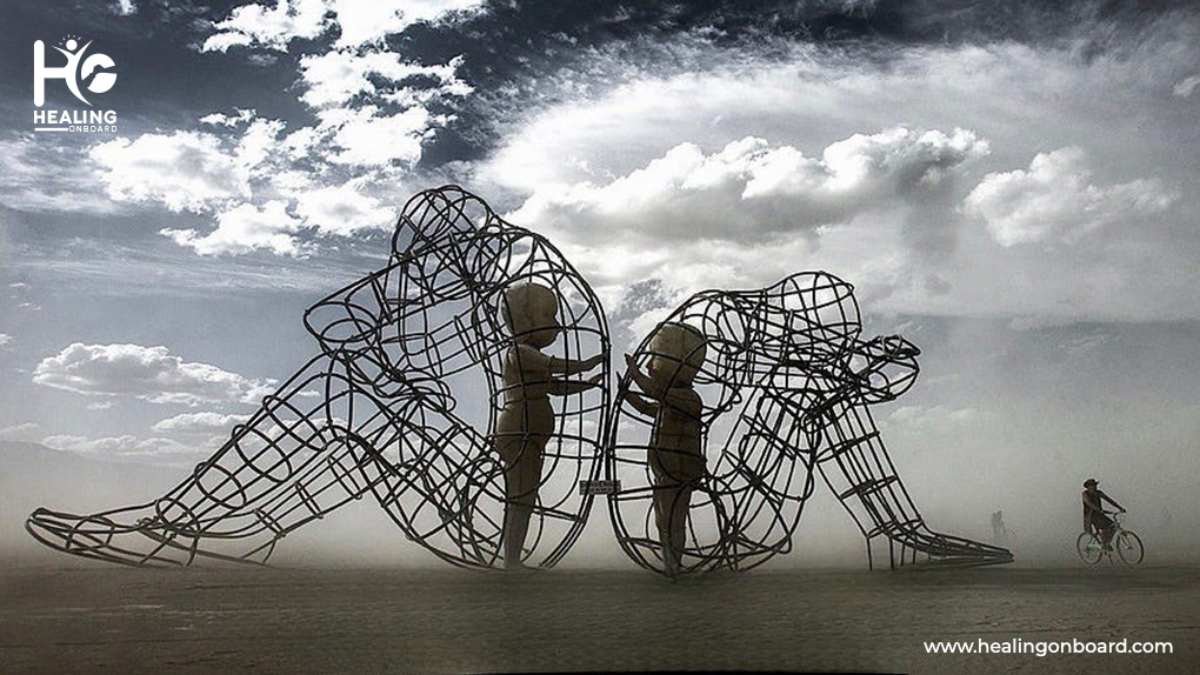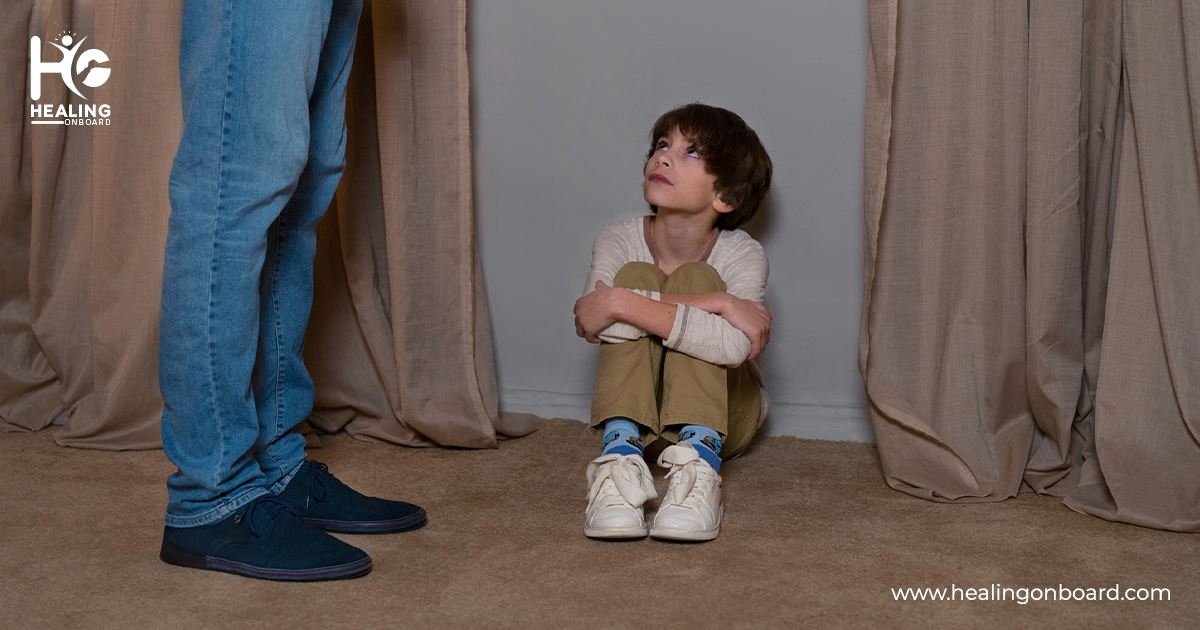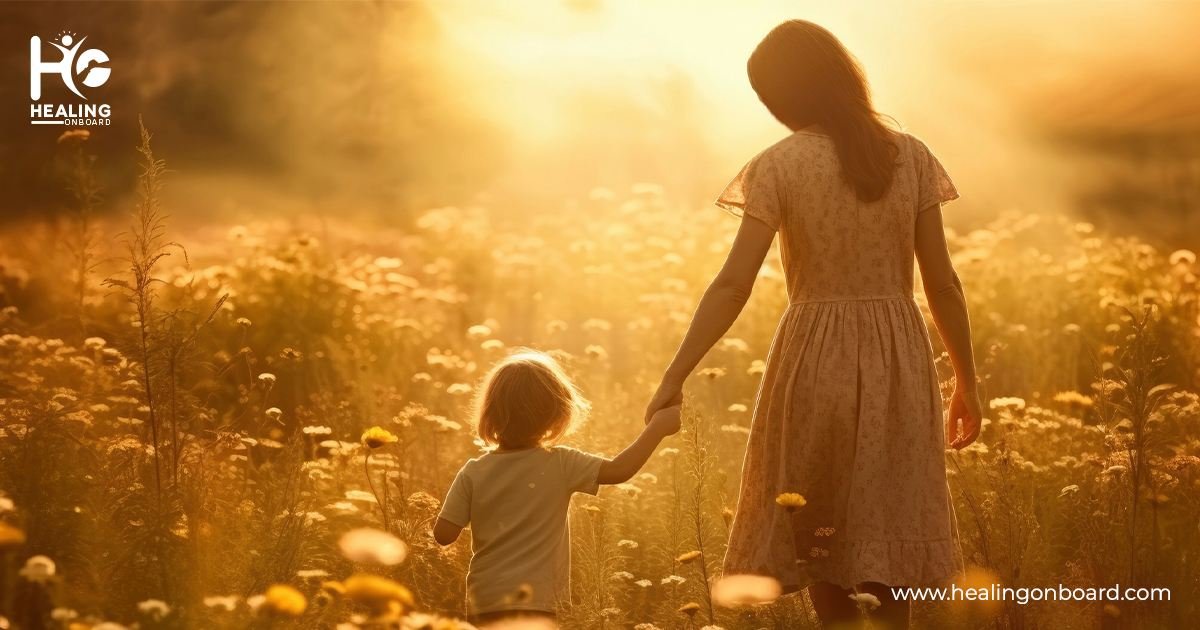Inner child healing is a process that transforms one’s life, allowing one to reconnect with their inner child, look into and resolve childhood trauma, and usher in emotional growth.
It can lead to more beneficial mental health, healthier relationships, and a more fulfilling life.
Here, we look at how to heal your inner child, signs your inner child needs healing, and practical steps for effective inner child work.
What Is Inner Child Healing?

Inner child healing, therefore, is a therapeutic exercise towards creating a cure for the emotional injury experienced by your inner child.
This is part and parcel of the concept of the inner child which means the connection to memories, feelings, and experiences made as a child which shape adult behavior and emotional response.
In this regard, it is important to understand what inner child healing means and how unresolved childhood issues may express themselves in our lives as adults.
Therefore, unresolved trauma or unfulfilled needs during this period result in maladaptive patterns at maturity.
For example, one may be marred by getting into cyclical relationship patterns or loss of self-esteem because of childhood experiences.
We free ourselves from such a pattern when we engage in inner child healing, learn how to look after ourselves, and develop emotional health.
Signs That Your INNER CHILD Needs HEALING

The first step towards starting the healing process for the inner child is to identify when he or she needs healing. Here are some common indicators: Here are some common indicators:
- Recurrent Relationship Issues: If you keep ending up in toxic relationships, then, it is a sign the inner child is seeking approval or affection that he/she never got during childhood.
- Low Self-Esteem: Low self-esteem or low self-worth might be rooted in childhood, childhood experiences that perhaps love and approval were earned.
- Emotional Triggers: Exaggerated feelings as a result of what may or may not be ordinary occurrences should be seen as signs of unresolved childhood trauma. For instance, loneliness when a friend fails to turn up to hang out could be linked to he/she being abandoned.
- Difficulty Expressing Emotions: If you can’t easily put your feelings into words or perhaps you stifle your emotions, then you might have unresolved childhood experiences around feeling.
- Fear of Abandonment: An individual experiences fear of rejection simply because they had earlier on been not introduced to or associated with love.
- Self-Sabotage: Self-sabotaging behaviours are actions or activities that are taken that oppose your success or happiness may be due to unresolved past hurts.
- Perfectionism: The drive for perfection could therefore be traced back to childhood circumstances, which determined that the child should only be appreciated if he or she excels.
These are the signs that you need to realize fully while learning how to heal inner child hurts.
Healing Your Inner Child

Healing your inner child requires several steps promoting self-awareness, self-compassion, and emotional growth. Here’s how to heal that inner child:
1. Address Your Inner Child
The first healing process of the inner child is to become aware and open to the fact that you have an inner child.
You need to acknowledge that you have a younger self who harbors emotions and memories from your past.
Self-reflection: Spend some time reflecting on some of your childhood experiences. You could look through some old photographs or journals about significant memories.
Visualization of your inner child Imagine what your inner child looks like, what they are wearing, how they feel, etc.
This is one way to connect with this part of you on a deeper level so you can appreciate your inner child and know what makes them special.
2. Provide a Safe Space For Expression
A safe space for your inner child allows you to feel your feelings freely without judgment.
- Journaling: Write inner child letters to teach it that it’s loved and understood. This fosters a nurturing relationship between your adult self and the inner child.
- Artistic Expression: Do any forms of artistic expression like drawing or painting that channel the artwork with your emotions.
3. Develop Self-Compassion
Self-compassion is very necessary in healing the inner child and should be treated with as much loving kindness and understanding throughout this journey.
- Positive Affirmations: At the same time, use affirmations that are constructed on compassion and acceptance. Phrases like “I am worthy of love” or “I embrace my emotions” can be a great tool for the therapy process.
- Mindfulness: Be mindfully present with your feelings, unjudging.
4. Reparent Yourself
Reparenting will fill in the nurturing and emotional support that you were deprived of when you were young.
- Identify Needs: What is it that your inner child needs? Validation, safety, playfulness. Actively seek ways to fulfil those needs.
Engage in Play Give yourself time to be playful and happy by doing whatever made you enjoy your childhood years. This may include playing games, checking out nature, or colouring.
5. Seek Professional Help
Many inner child healings can only be accomplished individually, but self-truths can only be recognized or understood clearly when properly guided by a therapist who specializes in this area.
- Therapy Options: Often modalities such as cognitive-behavioral therapy, art therapy, or play therapy help one work with childhood wounds.
- Group Therapy: It can develop relationships with other like-minded people who are pursuing their healing journey.
6. Ventilate Emotional Release
The most important aspect of being healed is to let go and allow yourself the feeling and expression of emotions.
- Let It Out: Don’t hold back the tears or angry feelings if they seem authentic and part of the healing process. Letting out emotion can create space for healing.
- Breathwork: Engage in breathing exercises to handle your overwhelming emotions.
7. Use Inner Child Healing Music
Music is one of the best channels through which one relates their feelings and healing.
- Create Playlists: Create full musical playlists that will calm and give one a sense of security and comfort.
- Meditative Music: Let soft music play in the background while practising mindfulness or meditation to be in touch with your inner child.
8. Set Healthy Boundaries
Establish some sort of boundaries to protect yourself in this healing process.
- Aware of Toxic Relationships: Identify those that bring you feelings similar to your past and limit yourself for that.
- Communicate Needs: Communicate your needs in relationships effectively and respect others’ boundaries at the same time.
9. Healing Practices
Several practices will aid in the promotion of emotional well-being:
- Meditation: Guided meditations with a topic that connects you to the inner child within.
- Yoga: Practice mindfulness yoga that emphasizes the awareness of the body.
- Nature Therapy: goes outdoors and interacts with nature; will get you grounded and safe
10. Monitor Progress
During inner child work, monitor how signs of progression go like this:
Reflection of Changes: Track the changes in your emotional response as you improve and in your relationships with others.
Small Wins Small victories toward the goal: celebrate along the way. They might be as simple as saying what you feel a little easier or setting boundaries a little healthier.
Frequently Asked Questions (FAQs)
1. What Are Some Signs My Inner Child is Healing?
Signs include increased self-awareness, improved emotional regulation, healthier relationships, and a greater ability to express emotions authentically.
2. How Long Does It Take To Heal My Inner Child?
The duration varies for each individual; it depends on the complexity of past traumas and personal commitment to the process. Healing is an ongoing journey rather than a fixed timeline.
3. Can I Do Inner Child Work on My Own?
Yes! While professional guidance can be beneficial, many self-help techniques like journaling, mindfulness practices, and creative expression can effectively support your journey toward healing the wounded inner child.
Conclusion
Healing one’s inner child is one of the most important journeys toward emotional wellness and personal growth.
Identifying signs that characterize a requirement for healing and more workable steps such as reparenting, practising self-compassion, or even professional support helps set up a nourishing relationship with the inner kid.
Know This Mantra:
Healing my inner child requires a lot of time and patience. I will enjoy the process with curiosity and compassion, and step by step will get closer to knowing who I am and how to live life on better grounds.
